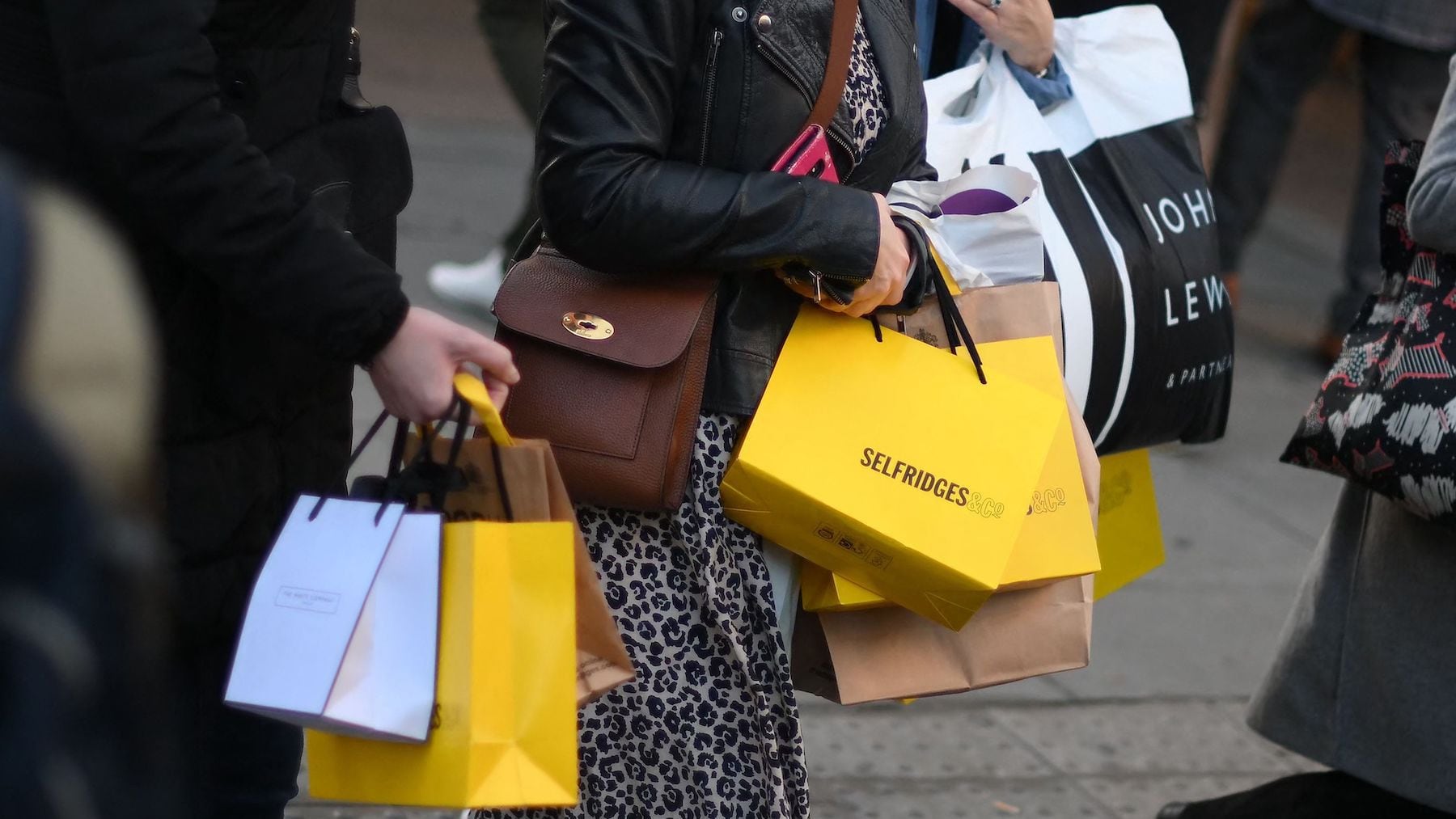
One of the world’s biggest shopping holidays takes place this week: Black Friday, a frenzy of heavily discounted excess consumption. The shopping hauls serve to spotlight one of many contradictions in the world of sustainable fashion: while consumers increasingly say they want more sustainable products, they’re not shopping like that way.
Indeed, even as survey after survey reveals increasing investor and consumer preference for eco-conscious and socially responsible garments, companies like Shein continue to grow market share by selling $12 synthetic halter tops with short life spans.
A survey of more than 20,000 people published by consultancy Bain & Company earlier this month reached the conclusion that consumers around the world are willing to pay 12 percent more for sustainable products. Another recent survey from NYU Stern Centre for Sustainable Business asserted that sustainable brands are growing at twice the rate of traditional labels. And a Harvard Business Review article written by Deloitte consultants concluded that retail is “fast approaching [a] tipping point” where shifts in consumption patterns give truly sustainable brands a real edge.
But as they do every year, shoppers are expected to drop billions on new stuff this Friday, hunting down bargains with little care for sustainability credentials, making clear that the reality on the ground bears no resemblance to the sunny findings that populate consumer surveys.
The following are five factors that explain the chasm between surveys and actual consumption.
Poorly Constructed Surveys
Consumer surveys are useful tools for surfacing basic information. For example, do you own a backpack? How old is your backpack? How much did you pay for your backpack?
Questionnaires that seek to understand consumer motivations are far less helpful — people rarely give illuminating, or even truthful, answers to questions looking to understand why and how they shop.
According to brand consultant and professor Mark Ritson, this is “partly because they will give you a false answer to impress you; partly because it depends on the other tradeoffs that they might have to make; partly because by question 42 you might as well be asking them in Klingon. But mostly because they simply don’t know the degree to which it influences them.”
Intention vs Action
In brief, people don’t do what they say. There is a clear intention versus action gap when it comes to consumer sustainability purchasing surveys.
Indeed, according to Kantar, a global data insights and consultancy, 92 percent of people say they want to live a sustainable life, but only 16 percent are actively changing their behaviours in order to do so. When it comes to fast fashion, the intention versus action gap persists. More than half of the 46 percent of the British population who say that they avoid buying fast-fashion products bought something from a fast-fashion retailer last year.
An Ill-Defined Concept
Even for consumers who legitimately seek to align their purchasing with their intentions, buying “sustainably” can be next to impossible. After all, how would one determine what constitutes a “sustainable” shirt or pair of shoes? Is a product’s sustainability based on durability, wears per garment, water usage, carbon emissions or eutrophication? How should each of these factors be weighted? Is the data that underlies claims reliable?
Just last year, the Norwegian Consumer Xouncil sanctioned Norrøna and H&M for using the fashion industry’s most accepted assessment tool, the Higg Index, in their consumer communications, causing an industry kerfuffle. In turn, US, UK and EU government agencies are working to tighten regulations governing “green claims.” Even so, the underlying complexities (including industry reliance on a multi-tiered, global, shared, opaque supplier base) and tradeoffs inherent in fashion production conspire to make a simple definition of sustainable fashion elusive.
Vested Interests
The authors of surveys touting the ascension of sustainability have commercial interests that benefit from their findings.
For example, between 2019 and 2020, Bain & Company completed over 500 consulting projects for clients that were focused on sustainability. They also own (or are equity holders in) a bevy of related sustainability service providers, including Persefoni (carbon accounting), Ecovadis (ratings), Sylvera (carbon offsets) and Jupiter (carbon risk analytics). New York University’s Stern Center for Sustainable Business receives some funding from corporations that promote sustainability or have their own sustainability practices. Like Bain, Deloitte has a sustainability consulting service and a growing practice focused on disclosure and reporting of environmental, social and governance data.
A Flawed Premise
Finally, the selling of sustainability has become so pervasive that the proposition itself often goes unquestioned. That is a mistake.
How is it that buying ever more “sustainable” fashion products will ever result in a planet that is more sustainable? Where did we get the idea that “sustainable” practices such as resale or circularity will slow the purchases of new products, especially when brands are in the business of pushing new dopamine-induced satisfaction?
Different from the declaration of the Deloitte consultants, I see evidence of tipping points related to planetary boundaries far more clearly than tipping points in consumer behaviour.
Kenneth P. Pucker is a professor of practice at the Tufts Fletcher School. Ken worked at Timberland for 15 years and served as chief operating officer from 2000 to 2007.



